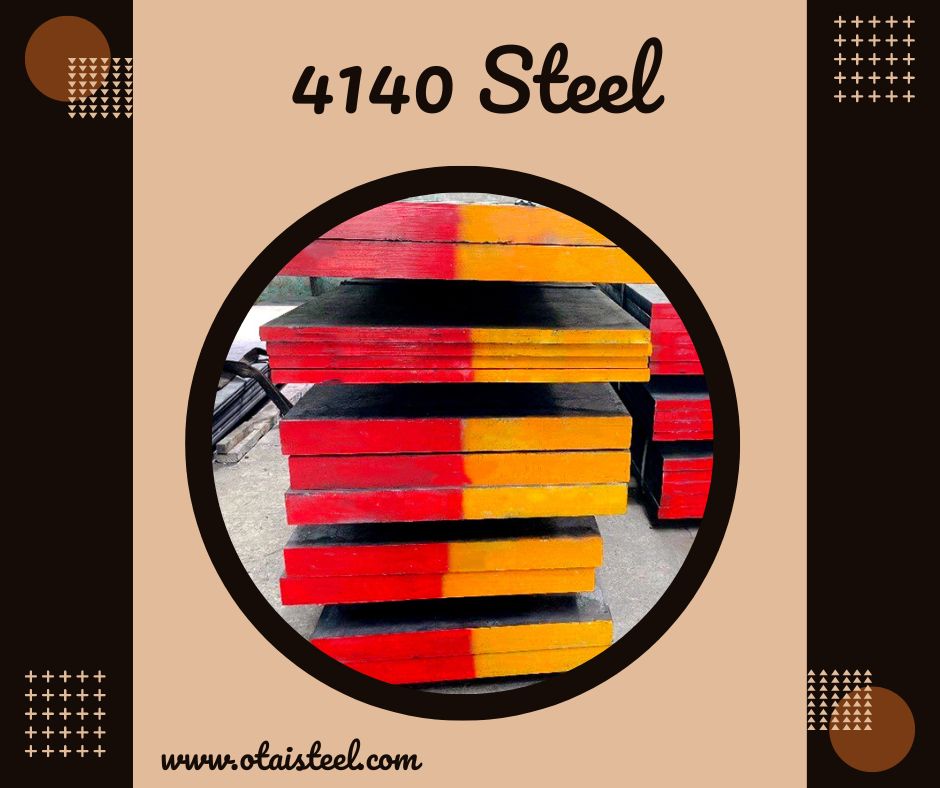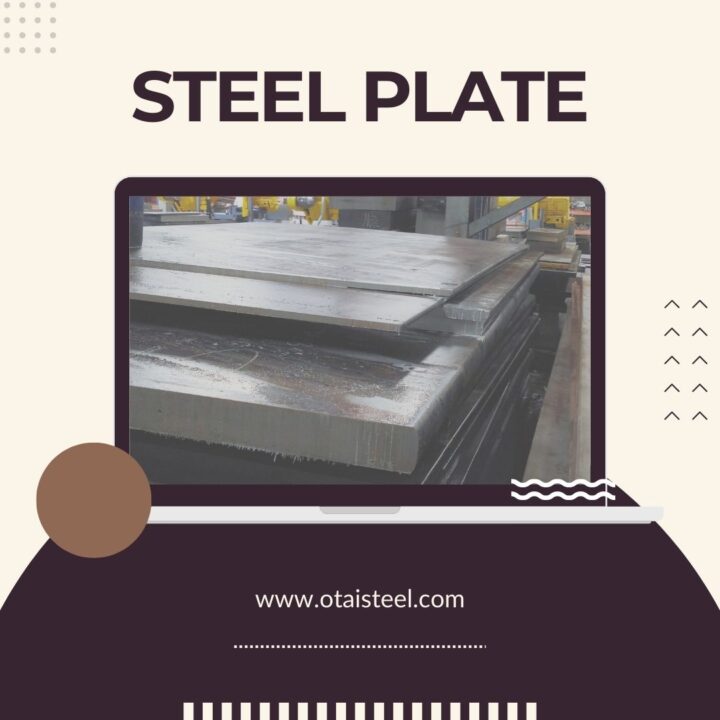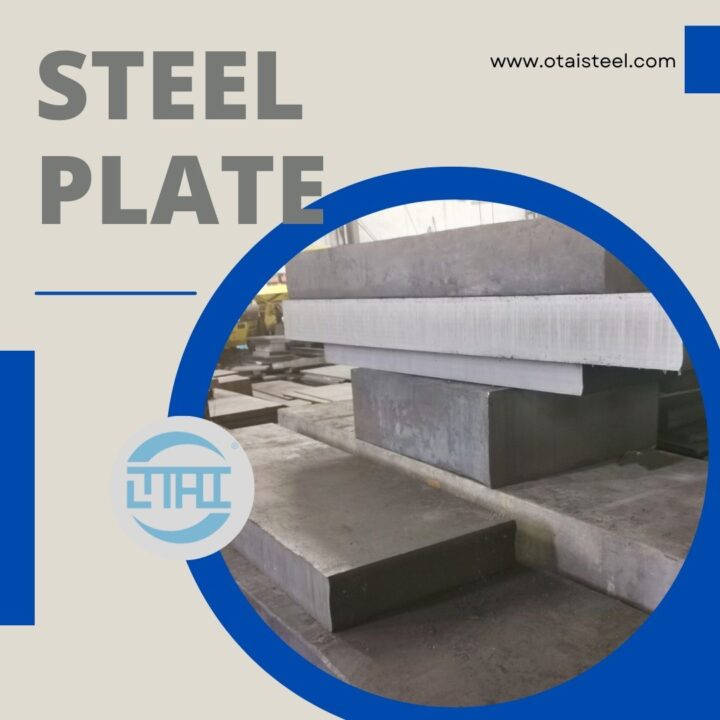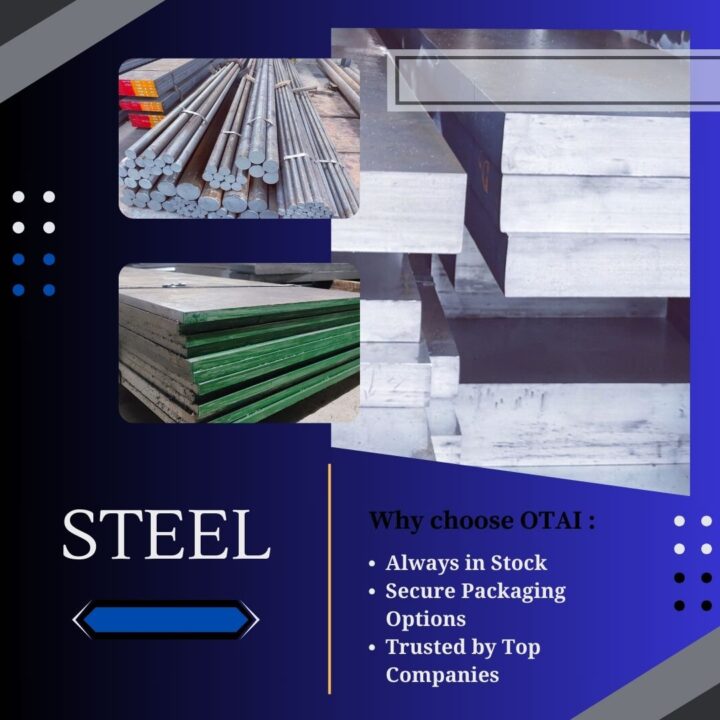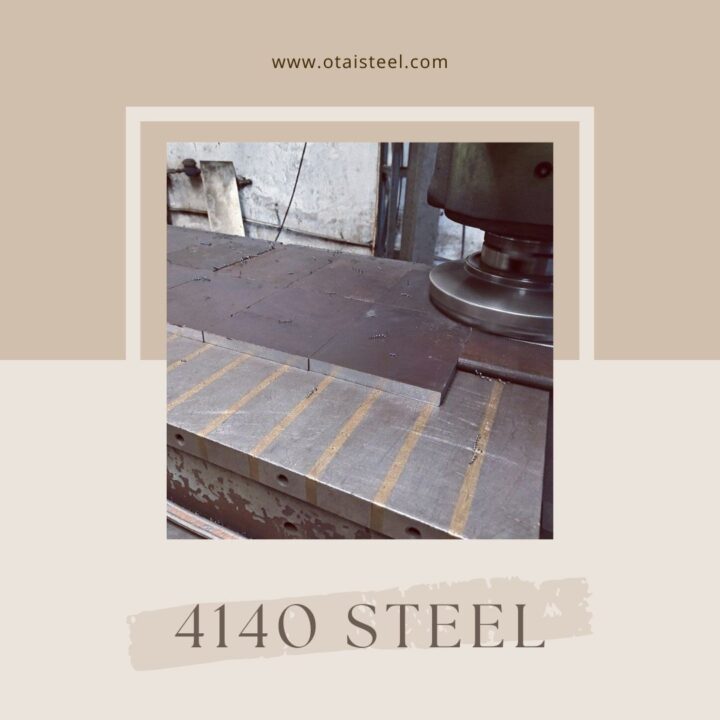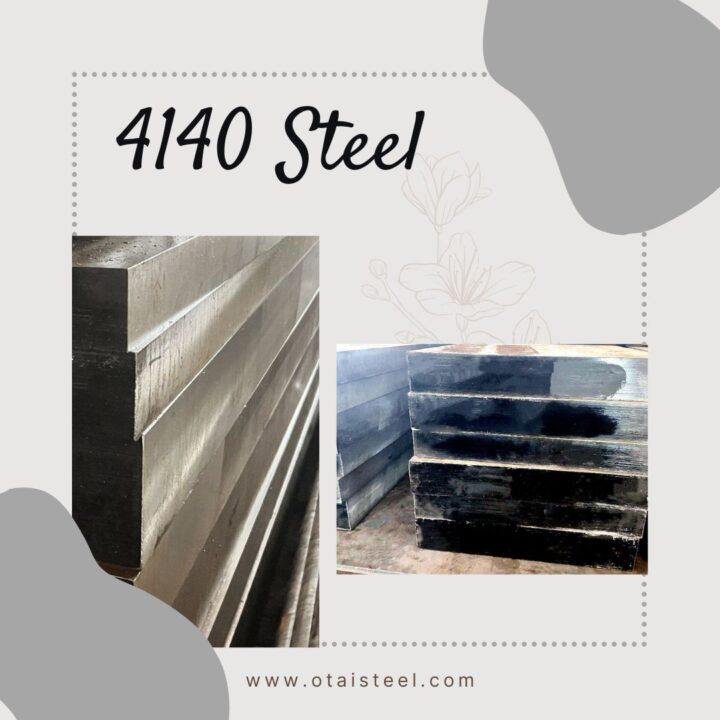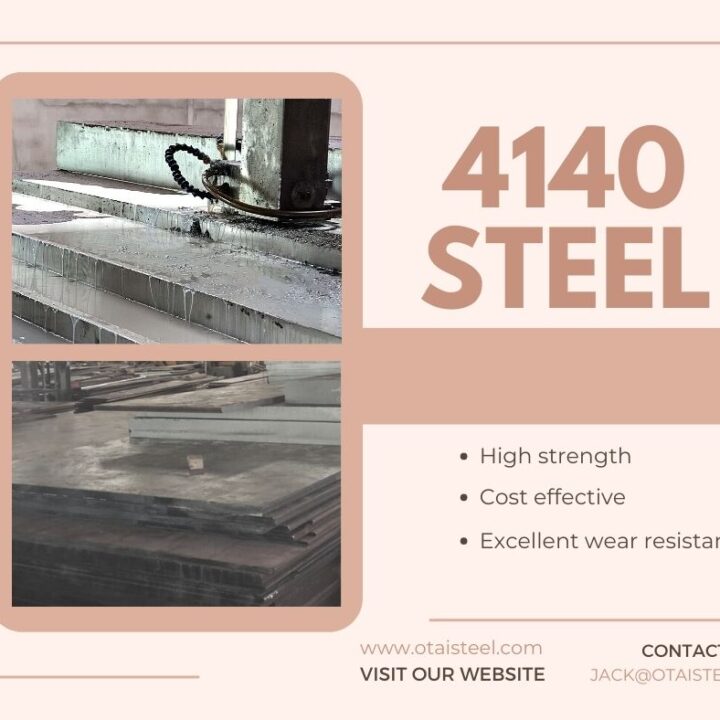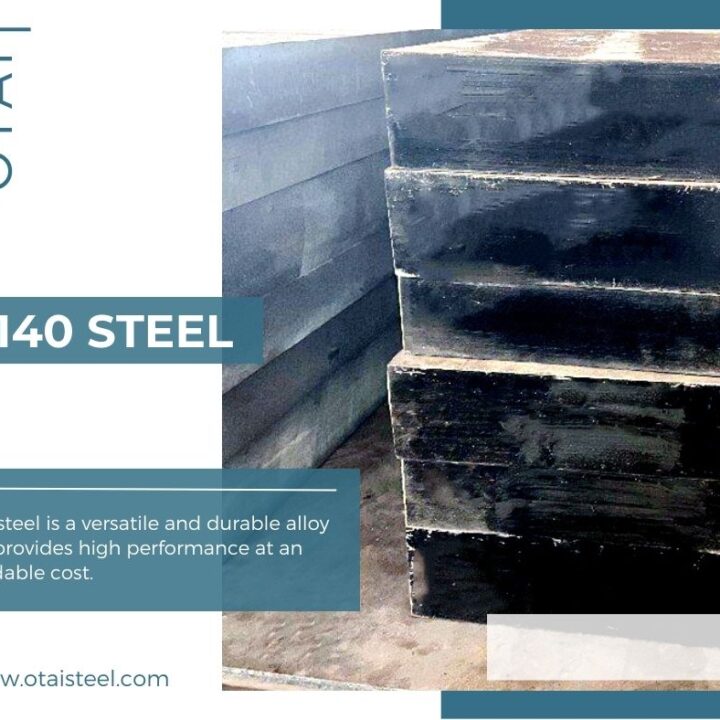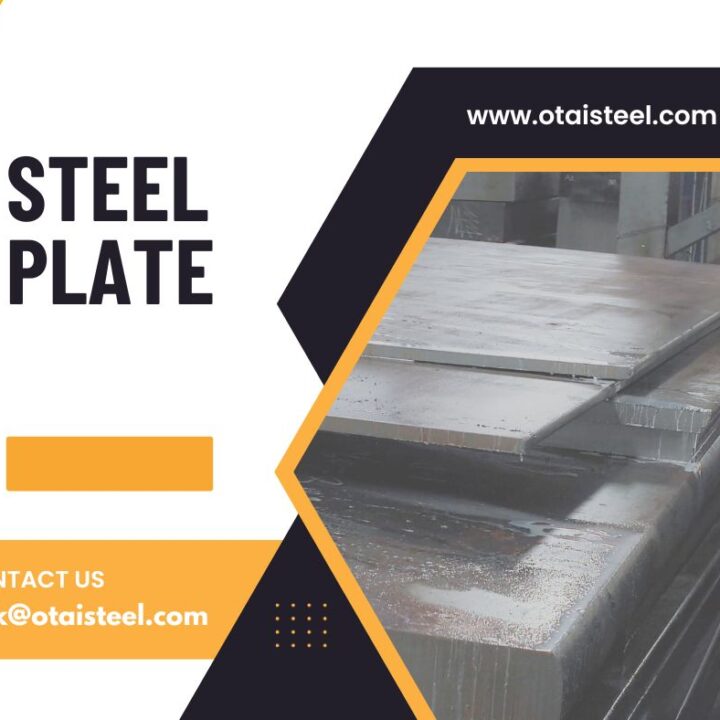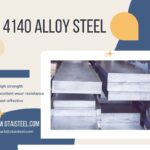When it comes to selecting the right type of steel for your projects, the choices can be overwhelming. Two popular options often compared are S7 tool steel and 4140 steel. Each has its own set of characteristics and applications, making it crucial to understand the differences to make an informed choice. (s7 tool steel vs 4140)
Understanding S7 Tool Steel
S7 tool steel is a shock-resistant air-hardening steel known for its exceptional toughness and impact resistance. It is a versatile steel alloy that belongs to the S series group, primarily used for tool and die applications. Here are some key characteristics of S7 tool steel:
- Toughness: S7 steel is renowned for its toughness. Its ability to withstand high-impact and shock loading makes it an excellent choice for applications where tools or components are subjected to heavy stresses.
- Hardness: While not as hard as some other tool steels, S7 can still achieve a relatively high level of hardness. It can be hardened through air cooling, eliminating the need for quenching in oil or water.
- Machinability: S7 steel has good machinability, which means it can be easily shaped and formed using conventional machining techniques.
- Wear Resistance: While it may not match the wear resistance of some other tool steels, S7 provides a good balance between toughness and wear resistance.
Exploring 4140 Steel
4140 steel, on the other hand, is a low-alloy steel with versatile properties, making it a popular choice for a wide range of applications. It is often used in manufacturing and engineering due to its balance of strength and ductility. Here are some key characteristics of 4140 steel:
- Strength: 4140 steel is known for its high tensile strength, making it suitable for applications where strength is a critical factor.
- Machinability: It offers good machinability, allowing for ease of fabrication and machining processes.
- Wear Resistance: While not as tough as S7, 4140 steel provides decent wear resistance, especially when heat-treated.
- Weldability: 4140 steel can be readily welded, making it a preferred choice for projects that require joining components.
Choosing the Right Steel for Your Needs
Now that we’ve covered the characteristics of both S7 tool steel and 4140 steel, let’s discuss how to make an informed choice:
- Consider Your Application: Think about the specific demands of your project. If it involves heavy impact or shock loading, S7 tool steel may be the better option. For applications requiring high strength, 4140 steel might be preferable.
- Hardness vs. Toughness: Balance the need for hardness and toughness. S7 leans towards toughness, while 4140 leans towards hardness. Choose accordingly based on your requirements.
- Heat Treatment: Both steels can be heat-treated to enhance their properties. Understanding the heat treatment process and its impact on the steel’s characteristics is crucial.
- Cost: Consider your budget. 4140 steel is often more cost-effective than S7, which can be a deciding factor for some projects.
- Consultation: If you’re uncertain, consult with metallurgical experts or engineers who can provide guidance based on your specific needs.
The choice between S7 tool steel and 4140 steel boils down to your project’s unique requirements. By understanding the properties and applications of each steel type, you can make an informed decision that ensures optimal performance and longevity for your components or tools. Whether it’s toughness, strength, or a balance of both, there’s a steel choice that’s just right for you. (s7 tool steel vs 4140)
